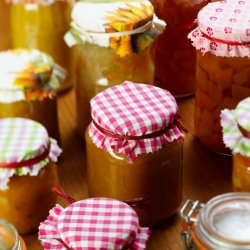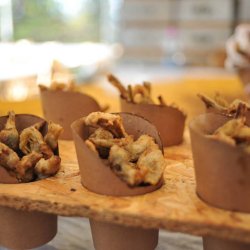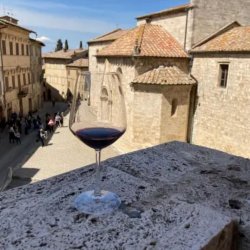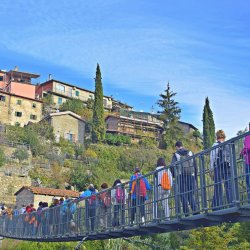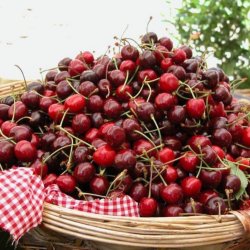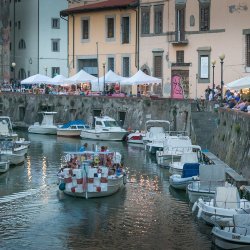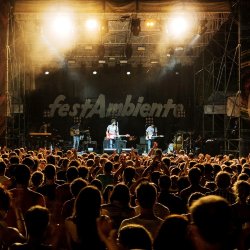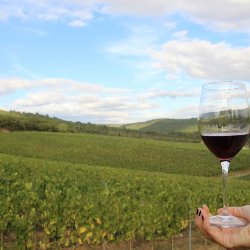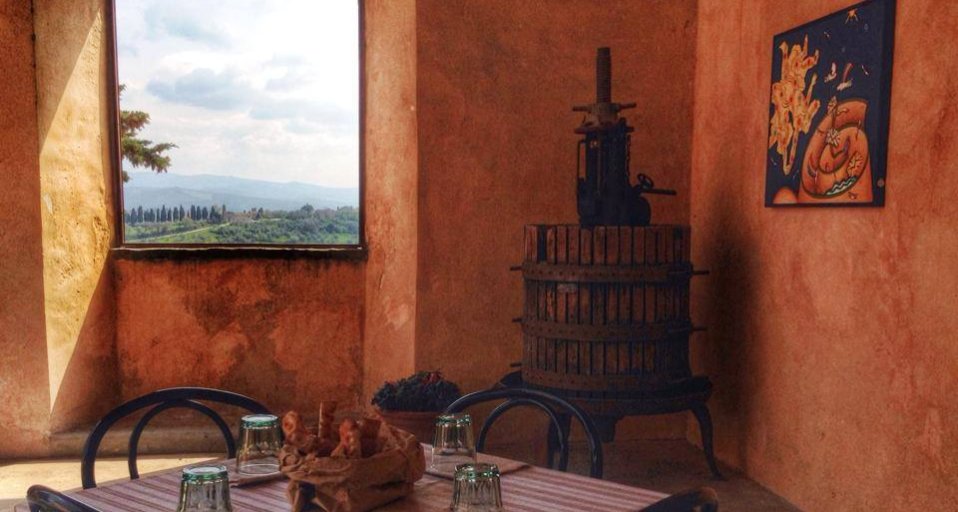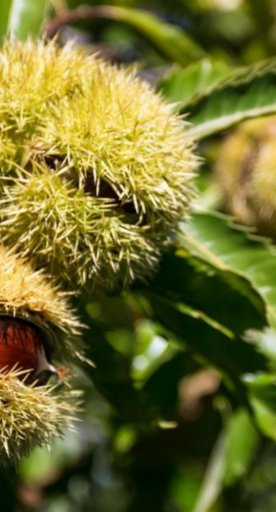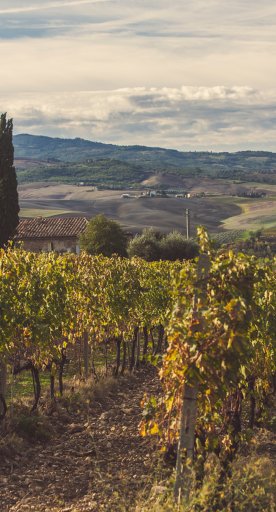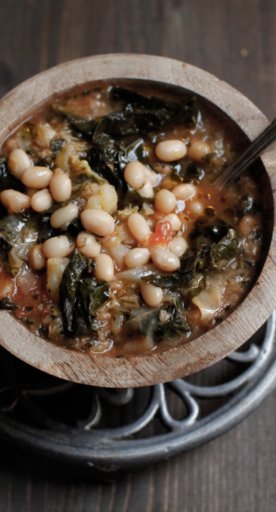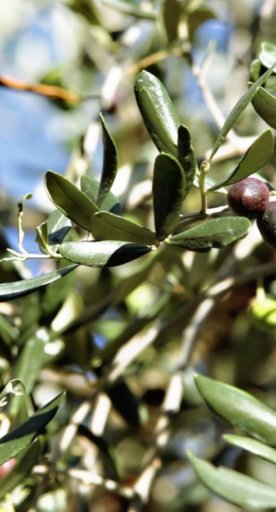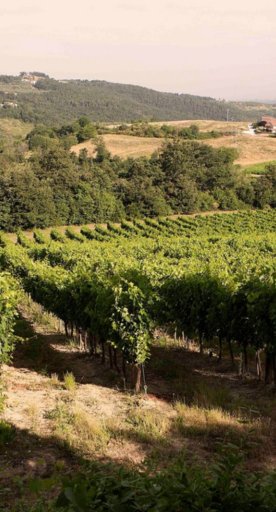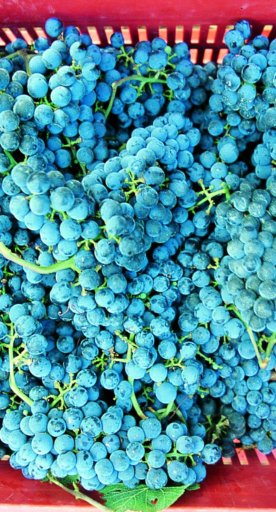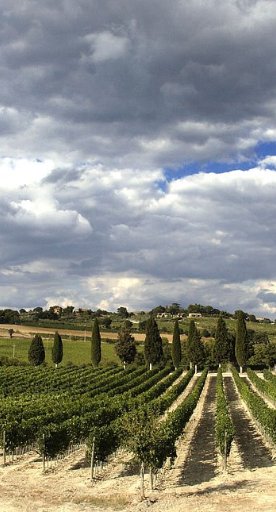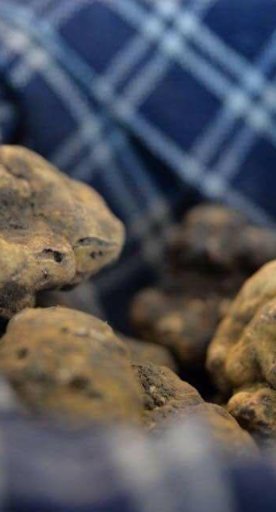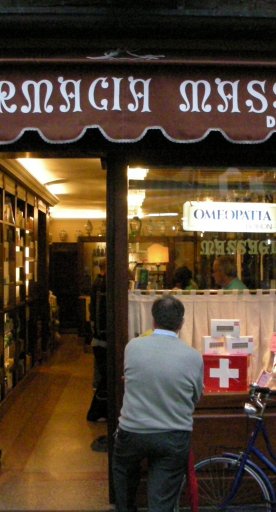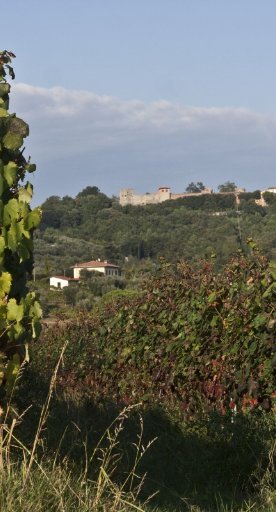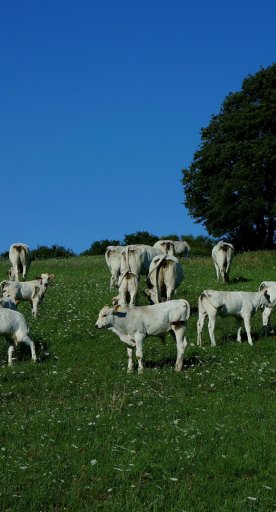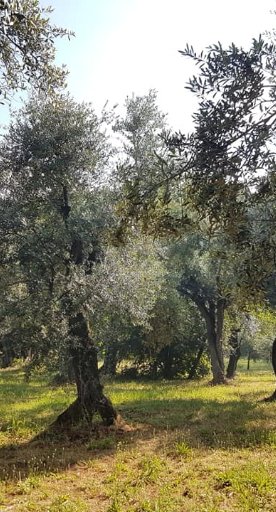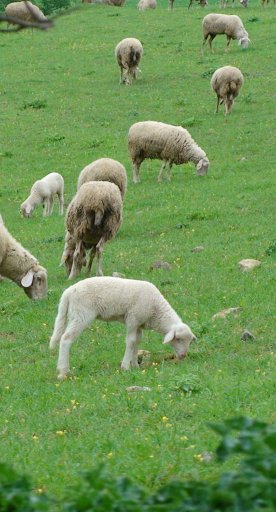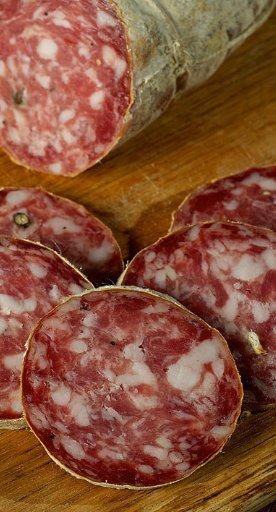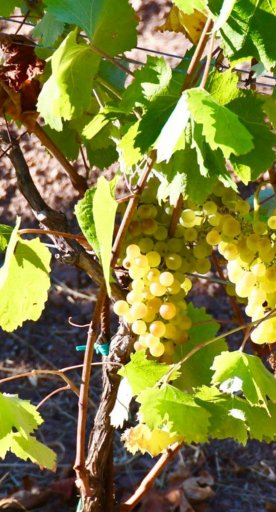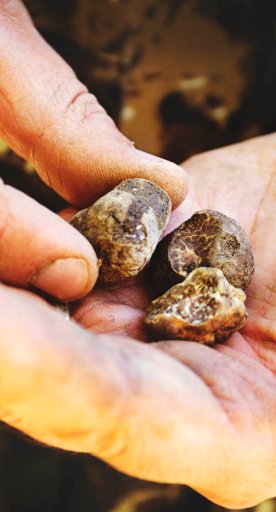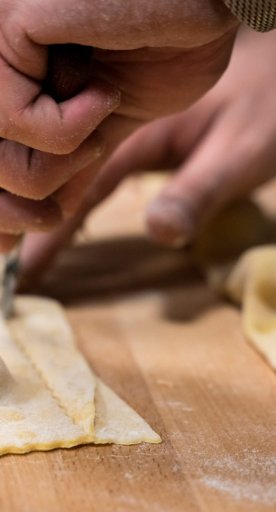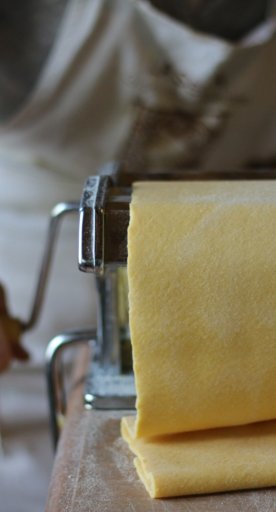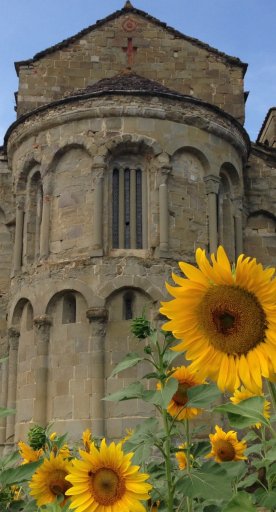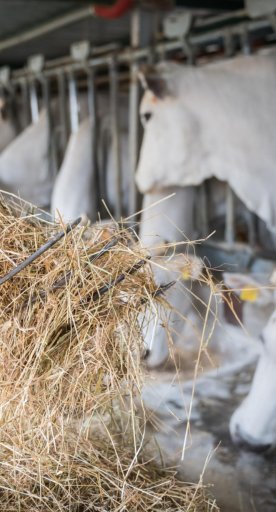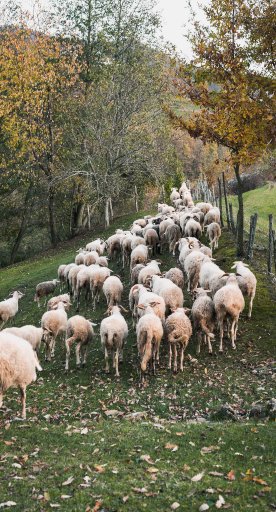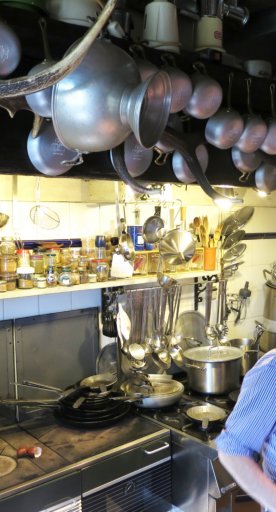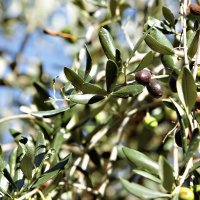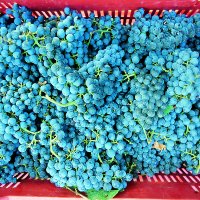

The tradition of pork in Lunigiana: origins and typical products
Typical products based on pork, cured meats and other delicacies, all derived from the centuries-old local farming tradition
The gastronomy of Lunigiana has its roots in the farming culture of the past, a tradition that respects seasonality and rituals that are repeated annually in the same way that they have been for generations.
At every time of the year, there are specific jobs to be done. In winter, on the occasion of the feast of Sant'Antonio Abate on January 17th, a pig had to be slaughtered as the iconography of the saint reminds us, represented as he is with a pig at his side.
The slaughter of the pig, bought at the end of the summer, was a very important moment for country families. From this moment, the correct conservation of the meat was crucial as it formed a large part of their protein sustenance. In this period, the norcini (expert butchers) were in great demand. They went from farmhouse to farmhouse to contribute their knowledge about the perfect preparation of meats and sausages and about the correct cutting and portioning of meat.
The expression says,"nothing is thrown away from pork ...", in Lunigiana this rule was sacred, especially in the times gone by. Therefore, in addition to the most popular cuts, a series of dishes were made using the processing cuttings, a true example of economy and rural sustainability!
Let's explore the typical products from Lunigiana that have contributed to keeping the tradition alive.
-
1.Mortadella from Lunigiana
-
2.Chiodo
-
3.Filattiera cooked shoulder
-
4.Frattiglie (Offal) in the kitchen
Mortadella from Lunigiana
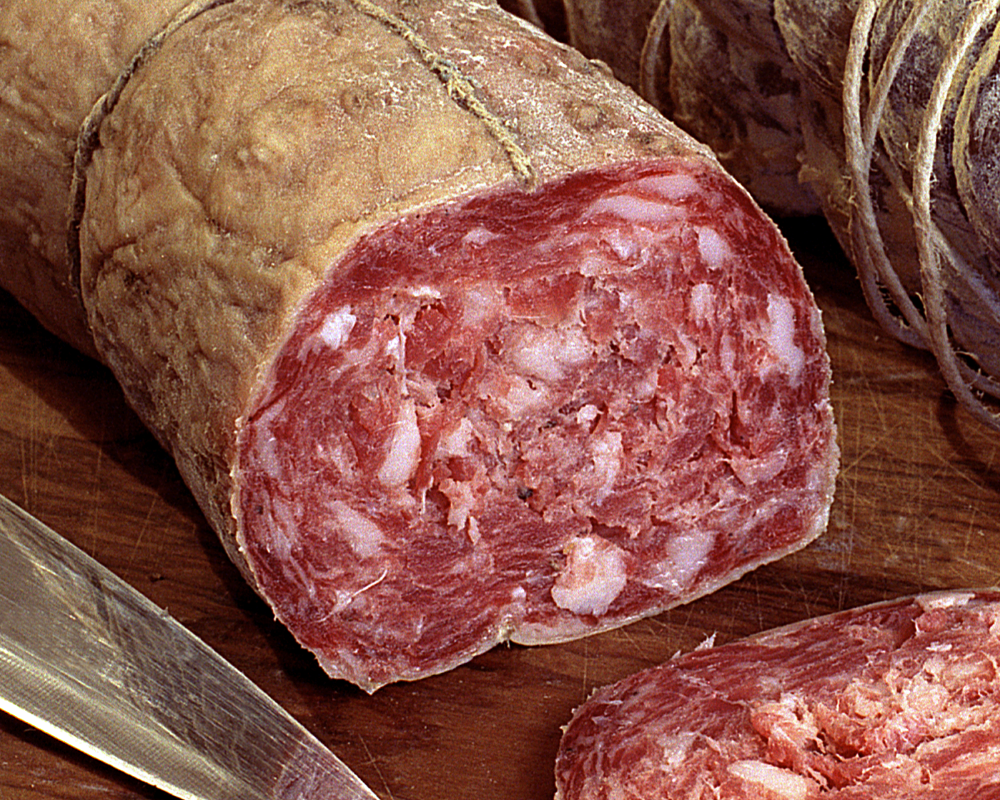
In Lunigiana, when we talk about mortadella, we are not referring to the well-known mortadella of Bologna, but to local mortadella, more or less a large cured meat prepared with coarsely minced meat and seasoned with pepper and spices. Lean meat from the thigh, pig shoulder and the fatty meat from the rump are used, to which coppa, pancetta and cheek are added. With the characteristic U-shape tied at the ends with a bay leaf in the center, in Garfagnana it's called 'mondiola' while in Lunigiana it's stuffed like a large salami. It was served for special occasions, to accompany a glass of wine or other typical products such as focaccette or panigacci.
Chiodo
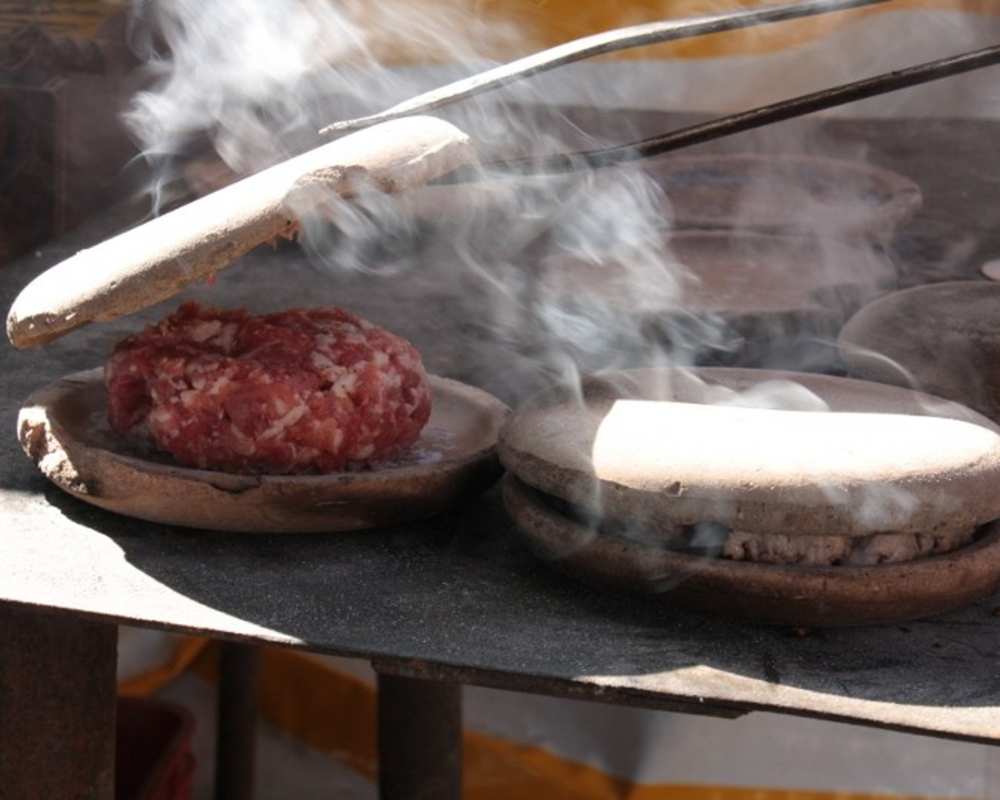
Talking about a chiodo in Lunigiana opens a debate that's divided into two schools of thought: on the one hand there are those who say that it's the mixture for the sausage cooked on terracotta testi, on the other hand there are those who argue that it's the mixture used for mortadella. The rural tradition seems to lean more towards this second theory. The name seems to derive from the expression 'Piantiamo un chiodo' (Plant a nail), when the butcher and the apothecary took a break by putting a little mixture of sausage/mortadella to cook on the terracotta testi, using the excuse of needing to test the spiciness. It's best consumed while hot as a filling for Focaccette di Aulla, unleavened corn flour bread also cooked in terracotta testi, which in winter are also stuffed with the tasty "sausages and ravi" (sausages passed in rapini).
Filattiera cooked shoulder
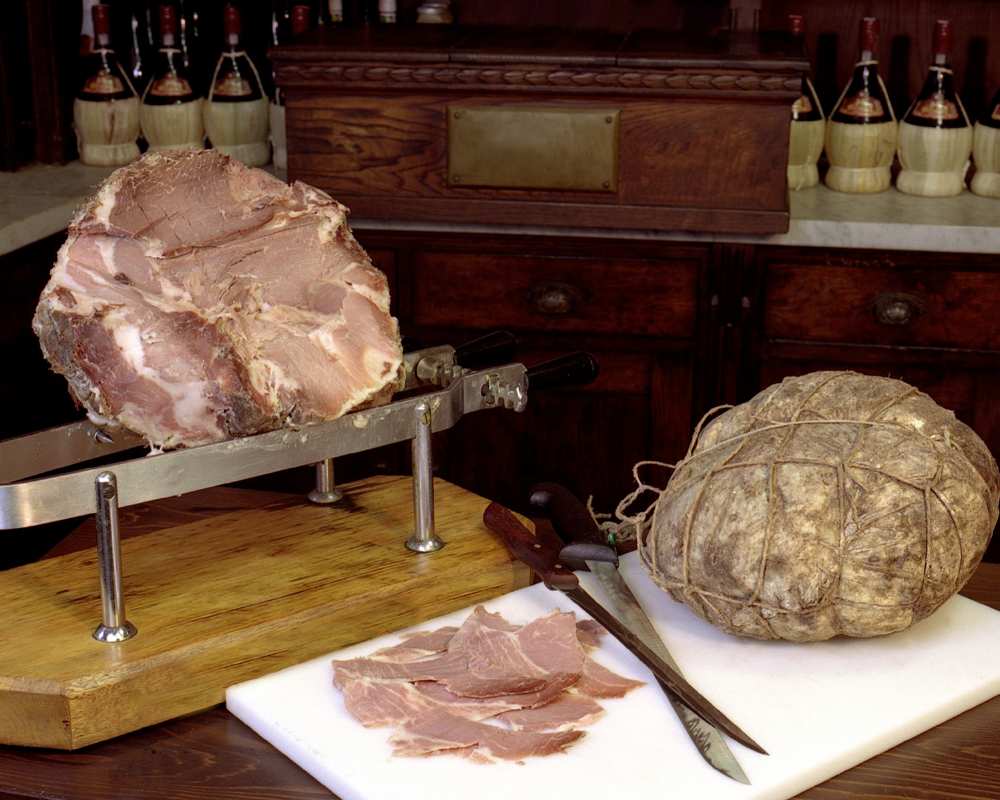
The most noteworthy cured meat in the area, it's a large piece of shoulder meat weighing about three to six kilos, that's pink in color, has a spicy aroma and a unique flavor. Unfortunately, it's becoming very difficult to find, those who produce it do so for domestic consumption. However, during the main Filattiera festivities, it's possible to taste it. It has always been a prized cured meat, consumed during festivities such as weddings and baptisms. The money from the sale of the pig, traditionally at the San Genesio fair in Filetto on 25 August, was used to buy the pig to be reared for the following winter. At the time of consumption, the shoulder is freed from the fat that surrounds it and placed in a pot with plenty of cold water and salt (about an hour for every kilo of meat). It's preferably served warm and cut into slices, but can also be served cold and raw, accompanied with vegetable side dishes, mashed potatoes or salsa verde.
Frattiglie (Offal) in the kitchen
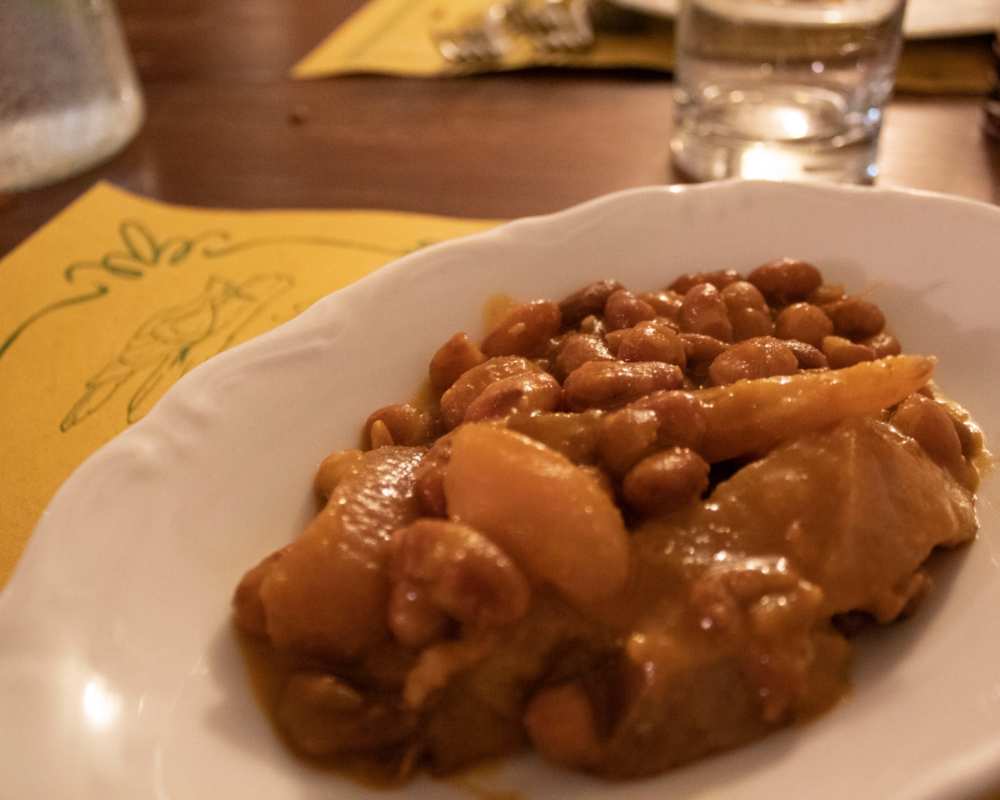
If you believe that the expression declaring that nothing is thrown away from a pig is just a cliché, you have probably never tasted many of the so-called “minori or recuperi” dishes prepared with scraps, offal and other less used parts of a pig. Fegatelli in rete, pork rinds and beans, boiled bones, soup with feet and many other delicacies that are little known, but no less tasty. These are all dishes created using the skill and adaptability of the Lunigiana housewives who had to prepare a meal with what was at home, without wasting anything that could have been based on a dish of the valuable meat. These examples of real circular domestic economy can be enjoyed in some farmhouses in the area that organize themed evenings, particularly during the traditional months of the pig.

